pelvic floor dyssynergia causes
The prevalence among the general population can range from 20-70 and among constipated patients it has been reported as high as 60. The current diagnostic criteria Rome III includes inadequate defecatory propulsion as another cause of a defecation disorder besides dyssynergic defecaton.

Pdf Systematic Review The Role Of Pelvic Floor Muscles Dysfunction In Constipation Semantic Scholar
Dyssynergic defecation also known as pelvic floor dyssynergia contributes to a failure of appropriate relaxation of the puborectal muscle during straining or even its pathological contraction which intensifies the flap-valve reaction of the anorectal angle and resulting in an obstruction to the onward stool passage.

. 9 A study showed that patients with inadequate defecatory propulsion or who cannot appropriately increase propulsive forces with or without contraction or less than 20 relaxation of anal sphincter. What causes pelvic floor dyssynergia. Pain in your lower back.
Patients with PFD commonly present with chronic constipation. A paradoxical contraction is when the pelvic floor muscles contract when they are supposed to. It is marked by the failure of pelvic floor muscles to relax or a paradoxical contraction of the pelvic floor muscles with defecation.
What are the symptoms of pelvic floor dysfunction. Pelvic floor dysfunction symptoms closely resemble prostatitis which is an infection or inflammation of the prostate a male reproductive gland. Inadequate rectal andor abdominal propulsive force Impaired anal relaxation or.
The pelvic floor is composed of a group of muscles that span the underlying. When you have pelvic floor dyssynergia the muscles do not relax resulting in constipation. Pelvic floor dyssynergia is a painful condition that can affect your quality of life.
This condition is referred to as dyssynergic defecation. To determine if there was a singular cause that led to your pelvic floor dyssynergia or if multiple events played a part your GP will discuss your medical history. Defecation Dyssynergia is most commonly due to the inability of the pelvic floor or anal sphincter muscles to relax during defecation.
How to Fix Pelvic Floor Dyssynergia. While exact causes are still being researched doctors can link pelvic floor dysfunction to conditions or events that weaken the pelvic muscles or tear connective tissue. The term pelvic floor dyssynergia is commonly used interchangeably with the terms anismus dyssynergic defecation or puborectalis syndrome.
Anal sphincter dyssynergia can be caused by obstructions but mostly improper relaxing of the anal sphincters or pelvic floor muscle during defecation. Less than three bowel movements per week. Excessive straining when having a bowel movement.
Normal bowel movements involves relaxation of both of these muscles. Stress bacteria andor inflammation can cause the pelvic floor muscles to elicit a protective response tightening of the muscles to protect against the stressor. The pelvic floor muscles.
Causes are generally unknown but possible factors include pregnancy and childbirth a history of passing hard or painful stool and psychological factors including a history of abuse. Completing a bowel movement. Passing stool through your rectum.
In the final multivariate models after controlling for BMI the number of Rome II symptoms of pelvic floor dyssynergia ie having to strain to pass a stool feeling unable to empty the rectum and having difficulty relaxing to evacuate the stool was a significant predictor of both abdominal distension p 0001 and bloating p 0005. Other names for this condition include anismus pelvic floor dysfunction paradoxical puborectalis dysfunction anorectal muscle. Prostatitis can have many causes including bacteria sexually transmitted infections or trauma to the nervous system.
The pelvic floor are the muscles that attach to the pelvis in the abdomen. Pelvic floor dyssynergia is a condition in which the external anal sphincter and the puborectalis muscle contracts rather than relaxes during an attempted bowel movement. Anal sphincter dyssynergia also known as pelvic floor dyssynergia is the weakening of the pelvic floor or sphincters in the anus.
Often times a paradoxical contraction may occur when attempting to relax the pelvic floor muscles further inhibiting bowel function and emptying. In constipation the pelvic floor muscles are tight and overactive and do not know how to relax. So when on the toilet the pelvic floor muscles are creating a serious kink on the rectum and its very difficult to push the bowel motion out without straining pain or causing anal fissures little tears in the anus.
Its estimated that one-third of adult women experience some form of pelvic floor dysfunction with 30 percent of those requiring surgery to correct the problem. It is important to understand that Pelvic Floor Dysfunction can occur whether prostatitis is present or not. The physiological mechanisms of DD include inability to coordinate abdominal rectoanal and pelvic floor muscles during defecation because of causes such as.
Also if there is a. Knowing when you are ready to have a bowel movement. One of the most common causes of constipation is when the muscles of the rectum andor pelvic floor are not working properly when attempting to pass stool during a bowel movement.
The primary causes of pelvic floor dysfunction include pregnancy obesity and menopause. It is often a habit of an ineffective posture and behaviour you have when you try and have a bowel movement. How common is pelvic floor Dyssynergia.
Pelvic Floor Dysfunction in men is often diagnosed as Prostatitis. Biofeedback remains a morbidity free low-cost and effective outpatient therapy for well-motivated patients complaining of functional constipation and. An example of anorectal dysfunction that can contribute to constipation is a condition called Pelvic Floor Dyssynergia also referred to as anismus.
Pelvic floor dyssynergia is a behavioural disorder that is the result of an unintentional habit. Using your fingers to help you have a bowel movement digital evacuation Overview Causes. This condition can affect men and women.
You may have trouble. There is the sensation of incomplete emptying of the rectum. Pelvic floor dyssynergia and pelvic floor dysfunction are caused by impaired relaxation of the external anal sphincter impaired relaxation of the puborectalis muscle or decreased propulsion of.

Dyssynergia An Overview Sciencedirect Topics
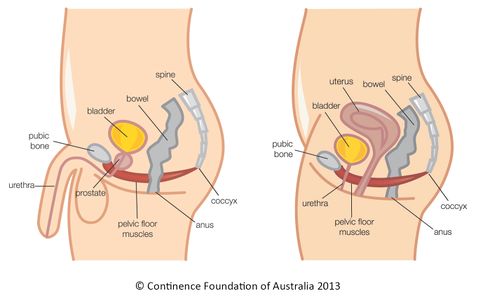
Pelvic Floor Dysfunction Physiopedia
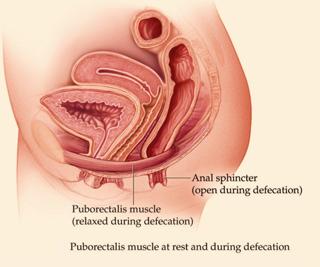
Anismus Pamela Morrison Pelvic Pain Physical Therapist P C

Pelvic Floor Dysfunction A Treatment Update Page 4

The Role Of Pelvic Floor Muscles In Male Sexual Dysfunction And Pelvic Pain Sexual Medicine Reviews

Why Your Pelvic Floor May Be The Cause Of Your Digestive Problems

Pelvic Floor Disorders Pelvic Girdle Pain And Symphysis Pubis Dysfunction Following Sports Injury Caring Medical Florida
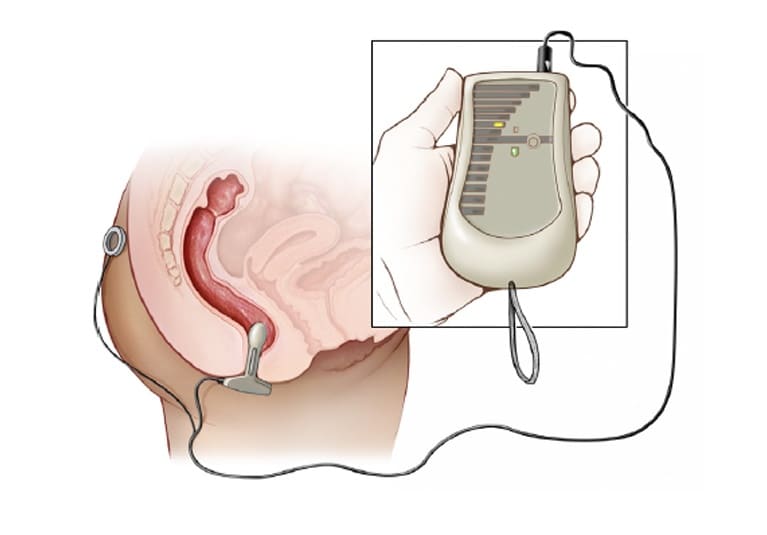
Unique Intensive Curriculum Helps Patients Retrain Pelvic Floor Muscles Mayo Clinic

Pelvic Floor Dysfunction Gastrointestinal Society
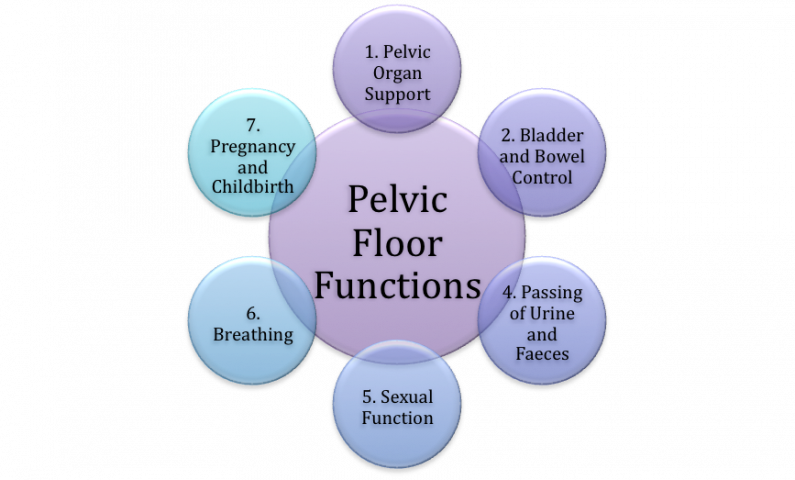
Pelvic Floor Dysfunction Physiopedia

What Is Pelvic Floor Dyssynergia Advanced Gynecology

Abdominophrenic Dyssynergia Blog Zion Physical Therapy

Pelvic Floor Dysfunction The Signs Symptoms And Treatments

Constipation And Pelvic Floor Dyssynergia What Do They Have In Common The Pelvic Expert
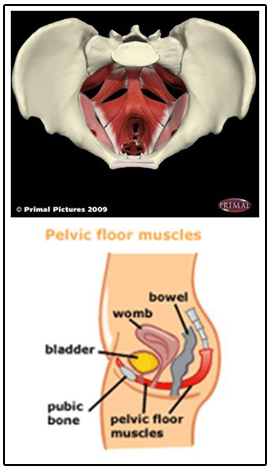
Pelvic Floor Muscle Dysfunction Pfmd Pamela Morrison Pelvic Pain Physical Therapist P C

Constipation And Pelvic Floor Dyssynergia What Do They Have In Common The Pelvic Expert

Constipation And Pelvic Floor Dyssynergia What Do They Have In Common The Pelvic Expert

